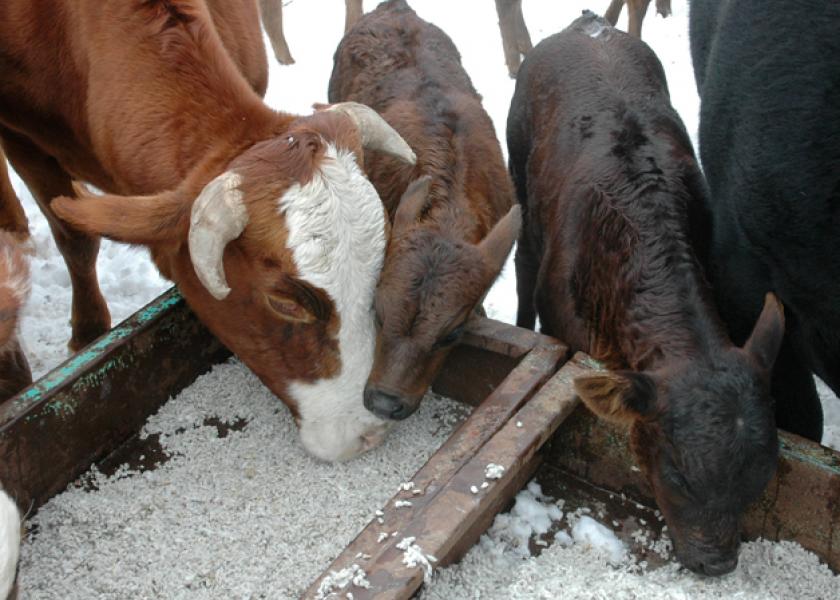With cotton production down and the need for supplemental feeds high, cottonseed prices are nearly double that of an average year, according to Texas AgriLife Extension Service personnel.
Despite rains, by the last week of October the entire state remained in one stage of drought or another.
Though the rains greened up pastures and rangeland, and gave winter wheat producers some hope, forage and hay remained scare throughout the state, according to AgriLife Extension county agent reports.
As a result, livestock producers are looking more to alternatives such as whole cottonseed, said Mark Brown, AgriLife Extension agent in Lubbock County.
“Cottonseed is selling for an amazing $340 per ton due to feed shortages and short supply,” Brown reported.
A lot of producers today would be glad to pay $340 per ton – if they could find it at that price, said
Dr. Ellen Jordan, AgriLife Extension dairy specialist based in Dallas. It’s all about supply and demand, and the drought.
“Demand is going to surpass cottonseed supply this year by far,” Jordan said.
“Not only do we have the dairies looking for cottonseed, but people are looking for cottonseed to extend their forage supply to their beef cattle.”
Regional feed prices in Comanche were $398 and $393 per ton in Friona on Oct. 26 – 27, Jordan noted.
On an average year, when demand isn’t so high and there’s a better cotton crop, prices usually hover around $200 per ton, she said.
There is a limit to how much cottonseed can be safely fed to a large ruminant such as a dairy or beef cow, Jordan cautioned.
“If you feed more than about eight pounds per cow per day, there can be some reproductive and other issues,” she said. “Those are the levels that we put as the maximum for dairy cattle, but all cattle will have issues with feeding too high a level of cottonseed. We usually feed it at a rate of about five pounds (of whole cottonseed) per head per day.”
For More Information
Read more cotton news.








